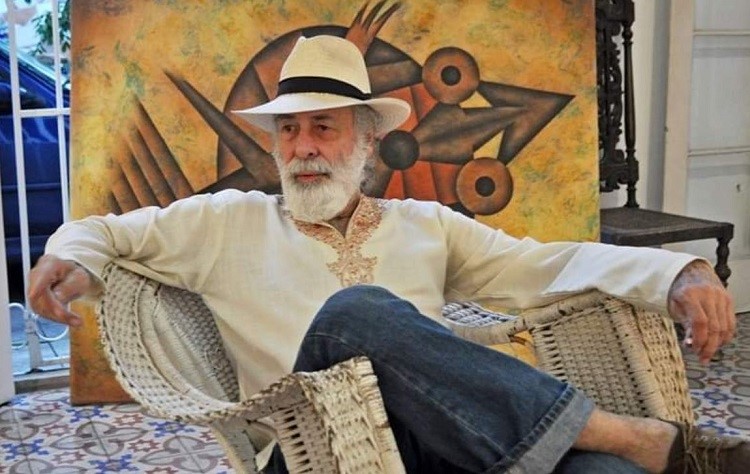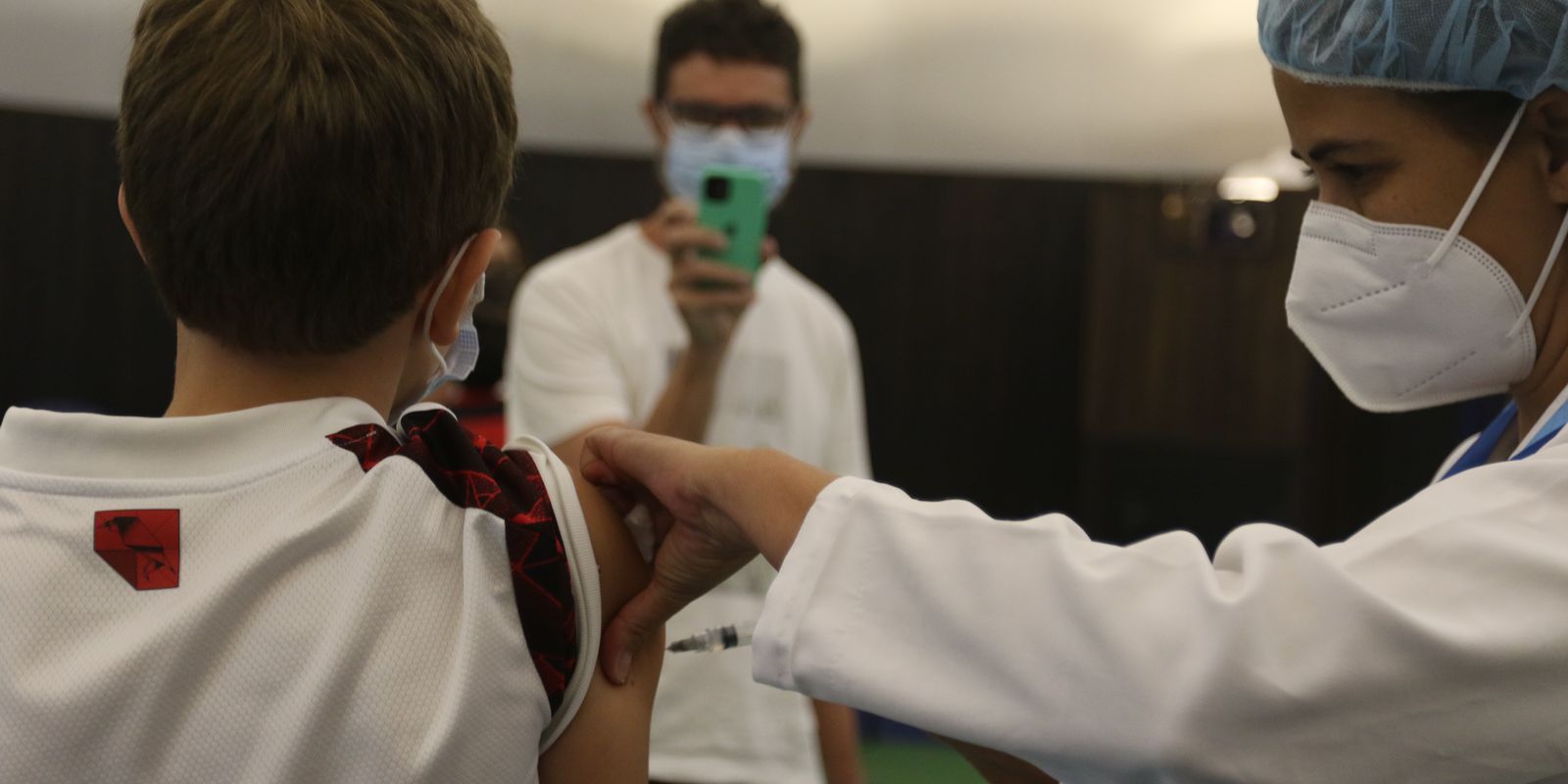Among the objectives that the Government of Gustavo Petro has outlined is to bring connectivity to the most remote areas of Colombia, thus closing the digital divide and offering more opportunities to the population. According to Saúl Kattan Cohen, Presidential Advisor for Digital Transformation, this work will be leveraged by a plan that will seek to connect 85% of the country in the coming years.
(Counselor for Digital Transformation showed his lines of work).
How have you seen the progress in the roadmap in terms of connectivity?
I think that so far it has been a failure, taking into account the large investments and the effort that has been made in recent years. Today we see that 50% of the country is connected, compared to other countries in the region that are at 85%, 90%, or 95%. Without a doubt, this shows that what has been done has not been correct.
What would be that line that you propose to the Government to advance?
There are several themes. The first is the 5G spectrum auction which is going to help a lot, I would think the auction should come out in the next six or eight months. Second, we have the 6 GHz band, which is an important band that could generate greater connectivity through WiFi networks. Likewise, we have the renewal of the spectrum or a large part of it, which will take place in the next 18 or 24 months, at the latest; this, without a doubt, could generate different network structures that can connect the Colombian countryside. Lastly, we need to expand that connectivity so that people in different areas of Colombia really do have a way to connect.
The operators have stated that the cost of the spectrum is high in the country. Have you been working with them on this point?
I believe that sometimes the operators are right and other times they are not. However, the commitment with them is that spectrum prices will be reviewed. We are not going to give it away, but we do believe that we are going to have prices that allow us to generate the necessary investments in the country. That would have much more value for Colombia than actually having a headline in the newspaper saying that we have the most expensive spectrum in the world.
(MinTIC presented tools to support digital transformation).
Do you think that if an agreement is not reached, that could affect the next auction?
I do not believe. I think there is a commitment on the part of the operators. In addition, I am convinced that we are going to reach an agreement to continue connecting the country.
What do you think about advancing 4G before moving to 5G?
I believe that these two technologies are complementary. However, I think that we cannot continue delaying the arrival of 5G in Colombia. We must remember that for 4G we took a long time, in fact we were one of the countries to have that technological lag.
All the more reason we cannot continue to delay the arrival of 5G, while we work on moving networks from 2G and 3G to 4G.
Have you been working on a plan to strengthen the deployment of fiber optics?
We have been working on the construction of that plan. We believe that we have to take advantage of both the fiber optics that have been deployed in the country and all the new technologies that exist in the world today to connect Colombians. Now, in a country like Colombia, with such a diverse geography, we must work with satellite technology, with fiber optics, with blank spaces, among others. Without a doubt, we have several technologies that can complement us, we cannot marry just one, we have to look at the best solution for each area.
Digital transformation is focused on, for example, using more data for decision making.
private file
Will this new plan take into account the use of these technologies?
Yes, I think that the breadth of technologies has always been present in the country. Without a doubt, we are going to include them in our plan because the most important thing is to generate good quality connectivity that is sustainable. We cannot continue investing resources in issues that are not sustainable and that in the end do not generate any impact.
What is the bet for a digitized Government?
There is no doubt that we have to make a great effort, taking into account that all the resources that have been committed to digitizing the government in recent years have not given good results. We believe that there is an enormous opportunity, and from the Presidency of the Republic we are going to be working with the different sectors and ministries to carry out all the projects. My commitment to the President is that this has to go ahead.
(The digital transformation of the fight against corruption).
You have mentioned the importance of creating a cybersecurity center, what would it be about?
Yes, I think we have to have a great cybersecurity center in the country, under a National Security Agency in which the President is the chief in command, just as he is with the military forces.
Among the points that the Government wants to promote, in terms of technology, connectivity and telecommunications, digital appropriation stands out.
Thus, among the proposals is to create massive free online programs for basic digital appropriation with five different approaches: strata 1 and 2; older adults, women heads of households, young people and the agricultural sector.
Likewise, they hope to coordinate with SENA to transfer programs from the ICT Ministry and be able to guarantee classes focused on programming, cybersecurity, cloud, among other new technologies that companies need.
johana lorduy
BRIEFCASE








